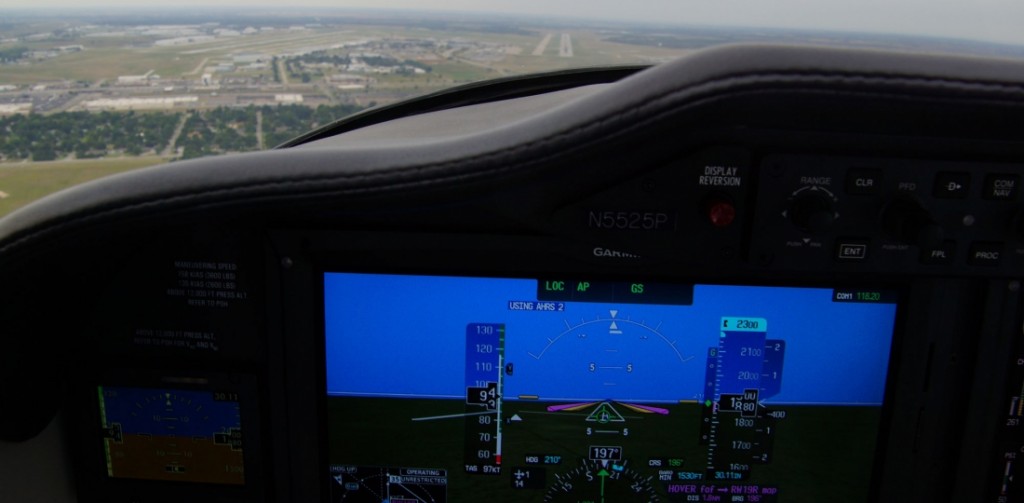
Picture originally posted on Ainonline.com
TTx is Cessna’s speedy aircraft, and the company is proud to announce that this two year production is a serious travel machine! For more information about the TTx check out a first-hand-experience recap, below!
The speedy Cessna TTx has been in production for about two years, and since Cessna (now Textron Aviation) purchased the former Columbia Aircraft in 2007, the company has delivered 80 of the various versions of the low-wing, composite, single-engine, piston-powered airplane (Cessna 350/400 and TTx). The TTx was certified in 2013 under a new type certificate and is the only version now available. Retail price is $799,000, which includes everything but optional TKS fluid-based flight into known icing (FIKI), Sirius XM weather and Stormscope.
Powered by a 310-hp Continental TSIO-550-C equipped with twin turbochargers and intercoolers, the TTx is a serious traveling machine, capable of flying 1,250 nm at long-range cruise speed and up to 25,000 feet. Maximum cruise speed at 25,000 feet is 235 ktas, seven knots slower than the fastest Mooney (the Acclaim), but the TTx accomplishes this speed with fixed landing gear. The TTx is certified in the utility category, which makes the airplane operationally more flexible, with higher maximum structural cruising and maneuvering speeds.
A SERIOUS TRAVELING MACHINE
Taxiing the TTx might take getting used to for pilots not familiar with a castering nosewheel, but I found it worked perfectly fine. I took off, rotating at about 75 knots, then climbed to 11,500 feet, initially at the Vy of 110 kias then transitioning to 130 kias for a cruise climb. At 10,000 feet, we were still climbing at 1,150 fpm. There is no time limit for full power, and the single automatic wastegate maintained power during the climb. There is no yaw damper or rudder trim, but a rudder hold button allowed me to step on the right rudder the necessary amount during the climb, and pushing the button held the rudder in the desired position to make a long climb more comfortable. Stepping on a rudder pedal releases the hold.
Setting 85 percent power at 11,500 feet, I dialed back the vernier throttle to 85-percent power, about 33 inches MAP, and the prop to 2500 rpm. Fuel flow at rich-of-peak was 24 gph and speed 202 ktas, slightly lower than the book speed of 207, but it was ISA +12 degrees C that day. When I leaned the mixture -50 degrees lean-of-peak,MAP dropped to 30 and fuel flow to 17 gph, for a 190-ktas cruise speed.
This article originally posted on Ainonline.com.






